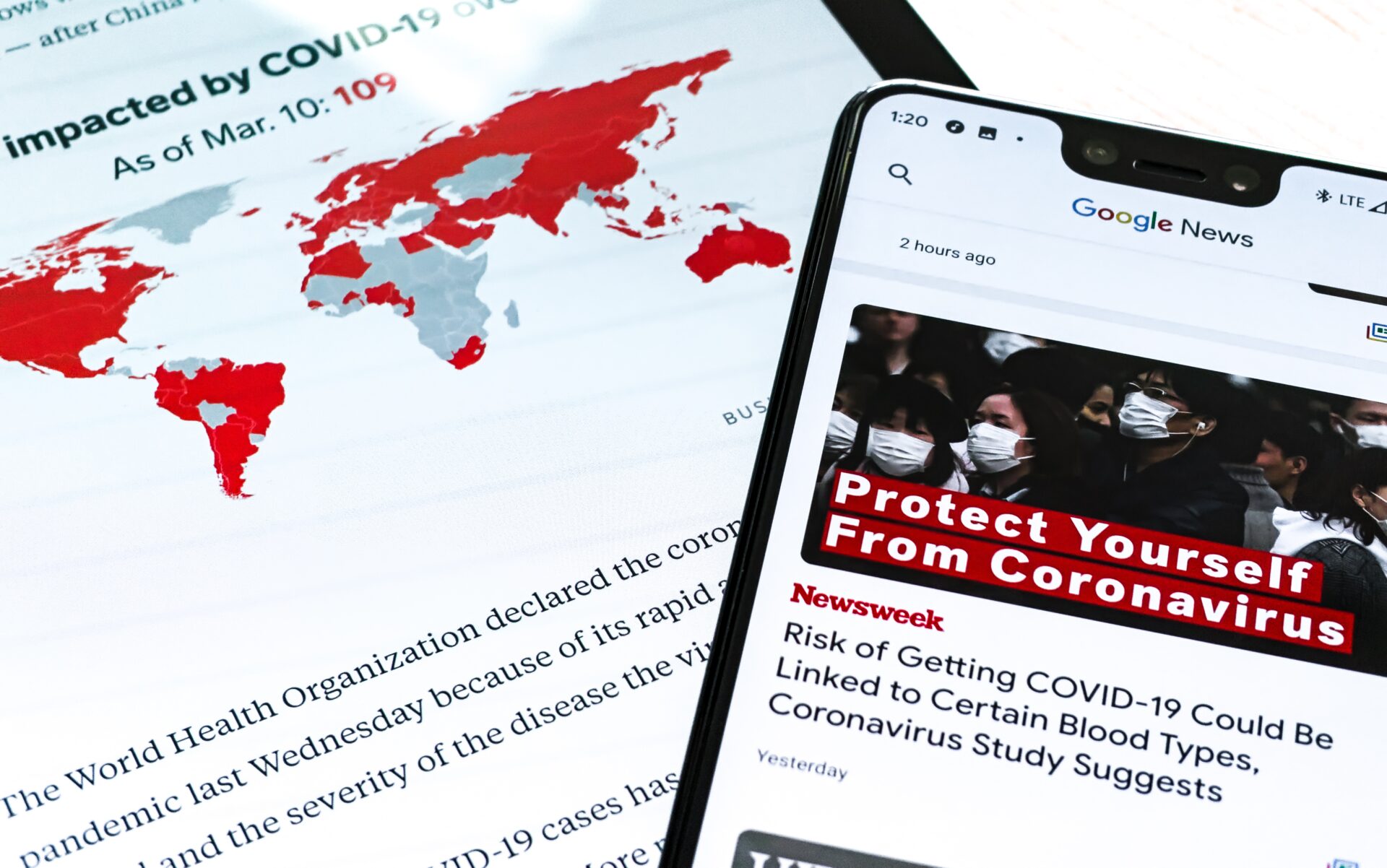Food security, resilience and antifragility
Wars, climate change, food insecurity – with multiple crises threatening the wellbeing of societies and the environment on a global scale, maintaining an overview is almost impossible. Yet for humankind to find solutions, it is imperative that we collectively make sense of developments and find the signal amid so much noise. We need to recognize the reflexive nature of these crises and identify the common threads that interconnect them.
In the publication The State of Food Security and Nutrition in the World 2021 (FAO, IFAD, UNICEF, WFP and WHO. 2021. The State of Food Security and Nutrition in the World 2021. Transforming food systems for food security, improved nutrition and affordable healthy diets for all. Rome, FAO. https://doi.org/10.4060/cb4474en), the authors link the COVID-19 pandemic with food insecurity. At the same time, the study, conducted by multiple international bodies, acknowledges that the global community was already far behind in progress toward meeting the UN Sustainable Development Goal of eliminating world hunger by 2030 (SDG 2) long before the pandemic struck. It also states that “Conflict, climate variability and extremes, and economic slowdowns and downturns (now exacerbated by COVID-19 pandemic) are major drivers of food insecurity and malnutrition that continue to increase in both frequency and intensity, and are occurring more frequently in combination.” To further underscore the point, climate change and deforestation to gain more arable land are threatening habitats and bringing domesticated livestock into closer proximity to animals in the wild. This increases the risk of new pathogens as they “jump” from one species to another and mutate along the way.
Heating up
Although the recent pandemic is currently under control, other crises have heated up. Russia’s 2022 full-scale invasion of Ukraine, which followed its 2014 annexation of Crimea and occupation of regions in the country’s east, had immediate and ongoing impact on several levels. It triggered a spike in European energy costs, a refugee crisis and, as Ukraine is a major global supplier of grain and other essential agricultural products, threats to food security. The intensification of the war in Sudan has resulted in massive internal displacement and famine. Since the October 7, 2023, Hamas attacks and Israel’s military response, Gaza has been repeatedly cut off from international relief deliveries of food and medical supplies for extended periods. And these are just three of the world’s conflict hotspots with significant knock-on effects. In addition, the tariffs the US Trump Administration may or may not levy on food and agricultural products are causing further uncertainty.

“We will find our way out of the crises through innovation.” – Lieutenant General Richard Nugee
Today’s interrelated challenges, as well as potential solutions and innovations, were the topics at the food and agriculture conference F&A Next in Wageningen, the Netherlands, on May 21 and 22, 2025. The globally leading meeting of minds opened with a keynote by British Lieutenant General Richard Nugee, who draws on 36 years of experience in conflict and crisis zones. His military career included the task of reviewing the UK Ministry of Defence Climate Change and Sustainability Approach.
He pointed to the role of climate change in fueling war and displacement, using Africa as an example. “Climate change makes growing food more difficult due to hotter temperatures, a wider expanse between rainfalls, and increasing desertification,” says Nugee. Conflict parties, including non-state militant groups, are increasingly using food and water shortages as weapons. As farming becomes increasingly difficult – or impossible – due to desertification and violence, younger people gravitate toward cities in search of employment. “Somalia is suffering one of its longest droughts in history, making farmers even more reliant on irrigation systems,” Nugee explains. “Terrorist group Al-Shabaab is destroying these irrigation systems, knowing that if farmers can’t farm, they will move to the cities. This makes it easier for these non-state actors to recruit new resources. A similar pattern is occurring in countries such as Iraq and Bangladesh.”

“I don’t even pick the word sustainable anymore – it’s all about resilience.” – Gulsah Uysal, Regional Director of EIT Food
A key concept throughout the conference was the need for food resilience based on innovation. “When it comes to agrifood, we see a lot of resilience topics. Resilient agriculture, resilient food systems,” says Gulsah Uysal, Regional Director of EIT Food, an organization co-founded by the EU to foster innovation, education and cooperation in the food value chain.
While food security and sustainability were the most talked about themes in recent years, current developments mean that securing existing food sources is no longer enough – we need solutions that enable food supplies to bounce back from shocks. And given population growth, we need to produce increasing volumes.
“A crisis is a terrible thing to waste.” – Stanford economist Paul Romer
The current polycrisis environment and sense of urgency are ideal reasons for large-scale innovation and funding. “While the EU has carried a reputation for bureaucracy, I have increasingly come to see – and experience – it as a real catalyst for innovation,” says Katherine Foster, EIT Food Finance Innovation Lead & WEF Fellow.
That’s good, in light of the fact that we need global food supplies that are not only resilient, but able to bounce back better. This is the concept of antifragility, a term coined by Nassim Nicholas Taleb in his book Antifragile: Things That Gain from Disorder. It refers to systems that actually benefit from stress, such as muscles that suffer microtrauma during exercise, but become stronger with each workout – no pain, no gain.
With heightened activity among startups, researchers and incumbents in areas like alternative proteins, biotechnology and precision digital farming using AI and robotics have the potential to trigger the antifragility effect. Events such as F&A Next, which marks its tenth year, are setting the stage.
(Photos: F&A Next and author)



